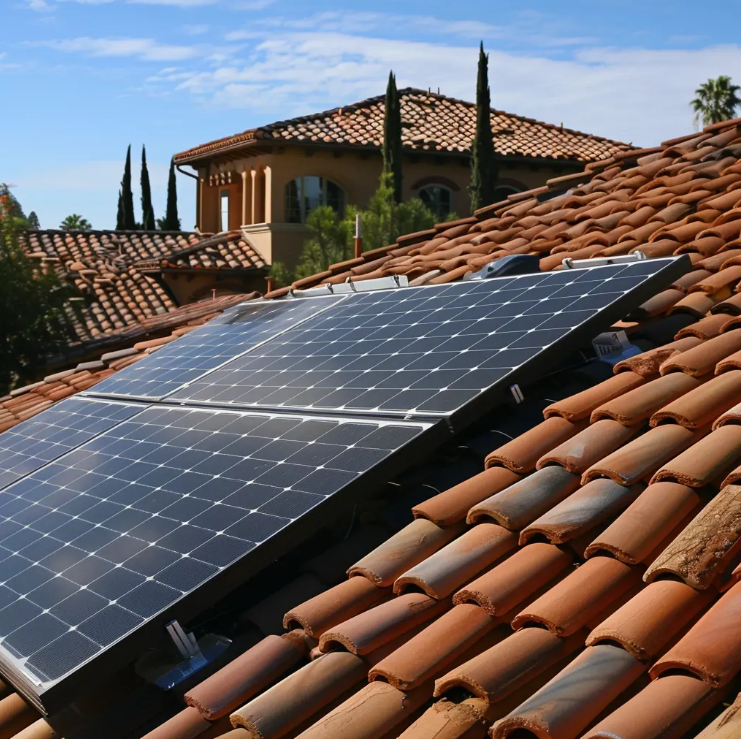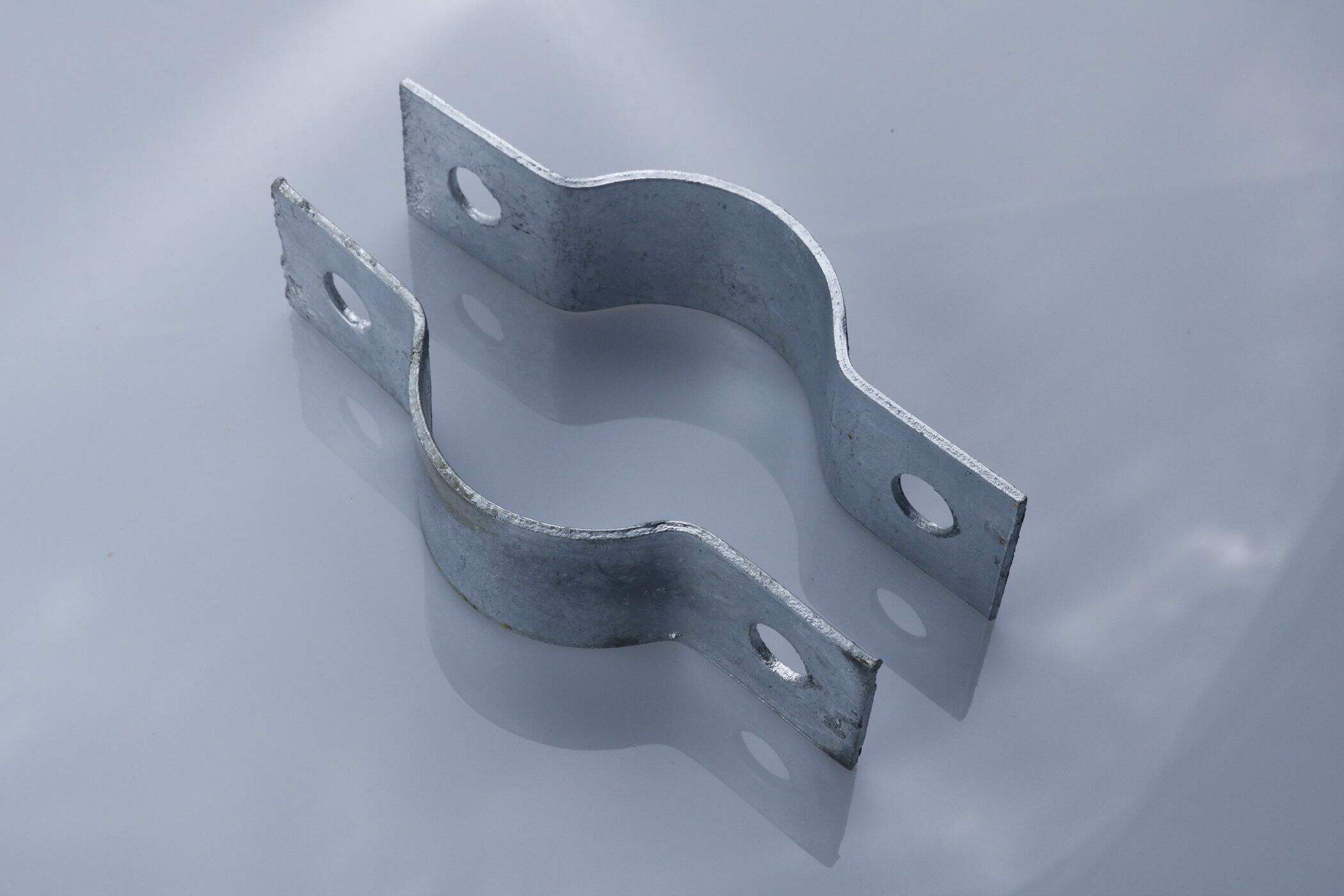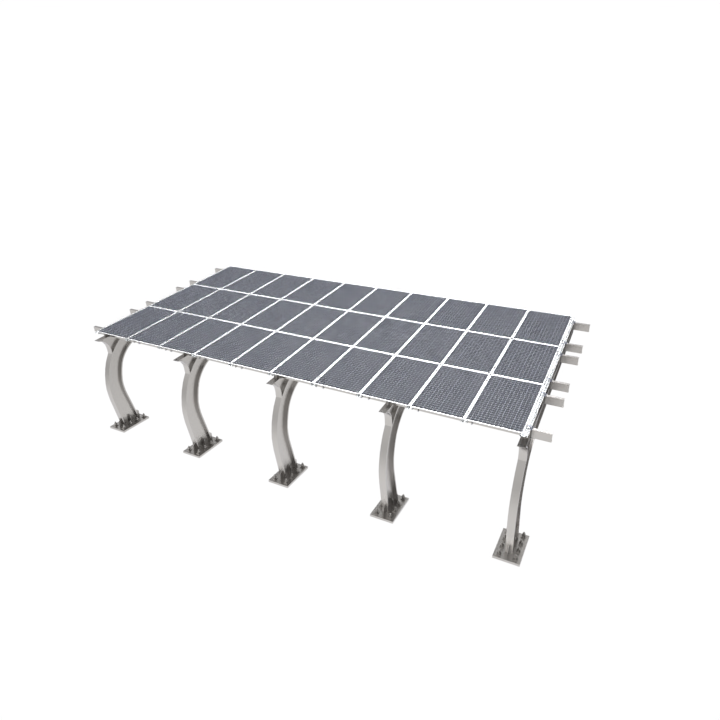What are the advantages of using a solar roof mounting system over traditional methods?
Introduction to Solar Roof Mounting Systems
The Shift Toward Modern Solar Solutions
The demand for renewable energy sources is skyrocketing, particularly in the residential and commercial sectors. Driven by the need to reduce carbon footprints and embrace sustainability, more households and businesses are turning to solar energy than ever before. Over the last decade, solar panel installations have grown significantly. According to the Solar Energy Industries Association, the US solar market grew by 43% in 2020, underscoring the rapid adoption of these technologies. Solar roof mounting systems are crucial in this transition from fossil fuels to cleaner, more sustainable energy sources. These systems securely fix the solar panels in place, allowing them to capture maximum solar irradiation efficiently.
Key Components of Solar Roof Mounting Systems
Solar roof mounting systems consist of several key components that ensure the stability and efficiency of solar installations. These include rails, mounts, and various hardware elements. The rails act as the backbone of the system, providing a stable foundation for the solar panels. Mounts are used to attach the panels to the rails, while hardware such as clamps and bolts secure everything in place. Each component plays a vital role in ensuring that solar panels are securely positioned to withstand environmental conditions. To achieve optimal performance, installation standards like the International Electrotechnical Commission (IEC) guidelines must be adhered to, ensuring safety and efficiency in solar mounting installations.
Enhanced Durability and Structural Integrity
Superior Weather Resistance Compared to Traditional Methods
Solar roof mounting systems offer superior weather resistance compared to traditional mounting methods. These advanced systems are meticulously engineered to withstand harsh weather conditions like heavy snow, strong winds, and torrential rain. According to studies comparing traditional mounts to modern solar roof mounts, the latter have significantly lower failure rates under adverse conditions. Modern solar mounts utilize materials such as high-grade aluminum or steel, which enhance durability and provide robust protection against the elements, ensuring a reliable energy source even during extreme weather events.
Long-Term Reliability in Harsh Climates
Solar roof mounting systems demonstrate remarkable long-term reliability, especially in climates abundant in solar radiation. Their performance and efficiency remain consistent across diverse environmental conditions, making them ideal for regions with intense sun exposure or severe weather, such as deserts or coastal areas. Manufacturers often provide substantial warranties, reflecting their confidence in the product's durability and reliability over time. Case studies from regions with demanding climates highlight successful installations and enduring performance, proving the adaptability and dependability of these systems regardless of geographical or climatic challenges.
Improved Aesthetic Integration
Sleek Design Options for Seamless Roof Blending
The demand for aesthetically pleasing solar roofing solutions continues to grow, leading to innovative designs like integrated solar shingles. These designs ensure that solar installations do not detract from a property's visual appeal. Consumers now prefer products that blend seamlessly with their roofs rather than traditional bulky systems, reflecting a shift in market demand. Local regulations and homeowners' associations also play a critical role in shaping design choices for solar systems. These entities often impose rules that restrict changes to a home's exterior appearance, making aesthetically integrated solar designs an appealing choice for homeowners seeking to comply with such regulations while harnessing solar energy.
Preserving Architectural Appeal
Maintaining the original architectural style of homes while integrating solar technology is crucial for preserving the building's charm. Projects that successfully merge function with form often see enhancements in both energy efficiency and property value. For instance, certain historical homes have adopted solar roofing that mimics traditional tiles, retaining their historical aesthetics. Architects and builders often work closely together, employing strategies like custom color-matching and discreet placement, to ensure that solar installations do not compromise architectural integrity. These strategies not only maintain but can also enhance the overall visual appeal of a property, making solar technology more attractive to a broader range of homeowners.
Cost-Efficiency Over Time
Reduced Maintenance Expenses vs. Ground Mounts
Solar roof systems offer distinct advantages in terms of maintenance costs compared to ground-mounted systems. Roof-mounted systems are generally less susceptible to environmental impacts such as vandalism or accidental damage, leading to fewer maintenance interventions. According to industry reports, roof-mounted systems may significantly reduce maintenance costs over the system's lifetime, presenting a more cost-effective solution. Furthermore, the elevated position on the roof typically keeps the system away from high-traffic areas, minimizing wear and tear which can escalate repair necessities. These factors contribute to considerable cost savings, bolstering the attractiveness of solar roof mounting systems for consumers seeking long-term economic benefits.
Lower Lifetime Costs Through Optimized Installation
Optimized installation techniques for solar roof systems ensure a reduction in long-term costs. As features like the SkipRail rooftop solar mounting system demonstrate, innovations in installation can substantially decrease material use and labor. By eliminating unnecessary components and minimizing roof penetrations, systems like SkipRail optimize installation processes, leading to fewer complications and increased efficiency. The life expectancy of these roof-mounted systems, combined with the streamlined installation process, results in a superior return on investment (ROI). Financial comparisons highlight how these optimized installations save costs over time, outweighing the initial investment. These systems prove to be not only a sustainable choice but also a financially savvy one.
Better Performance
Optimized for Higher Energy Output and Efficiency
Solar roof mounting systems are meticulously designed to maximize energy output and efficiency by optimizing sun exposure. By allowing panels to be angled and positioned most effectively, these systems ensure that solar modules can capture the maximum amount of sunlight throughout the day. According to research in the field, solar panels installed with optimal angles can increase energy production by up to 30% compared to less efficient installations that do not take advantage of strategic positioning.
Innovative technologies play a pivotal role in enhancing the performance of solar roof mounting systems. Modern advancements such as high-efficiency solar cells and smart inverter technology have been integrated to continuously monitor and adjust panel positioning for optimal alignment with the sun. This not only boosts performance but also ensures long-term energy efficiency. Moreover, rail-based systems provide flexibility in installation angles, further enhancing their performance in diverse environmental conditions. Advanced solutions, such as those allowing for quick adjustments and fine-tuning, exemplify how technology and design improvements have converged to deliver superior energy efficiency and output.
Environmentally Friendly
The growing demand for environmentally friendly solar roof mounting systems is a testament to the focus on sustainability in the renewable energy sector. These systems are increasingly utilizing sustainable materials like aluminum, a highly recyclable material that significantly reduces the carbon footprint during production. Additionally, advancements in eco-friendly composites such as polymers derived from plant-based sources offer an alternative to traditional materials.
To accurately measure the eco-friendliness of solar roof mounting systems, lifecycle assessments are crucial. These assessments evaluate the overall environmental impact, from material extraction to manufacturing, usage, and disposal or recycling. Compared to traditional materials, solar mounts composed of sustainable resources exhibit lower carbon emissions throughout their lifecycle. For instance, aluminum mounts tend to have a reduced environmental impact due to their recyclability and lower weight, which also diminishes transportation-related emissions.
In recent years, several companies have prioritized sustainability in their product lines. For example, YellowLite is known for promoting solar installations that not only produce clean energy but also incorporate eco-friendly materials in their mounting systems. By integrating sustainable practices into their solar products, these companies are not only reducing their overall environmental footprint but also encouraging consumers to opt for greener alternatives.
Conclusion: Summary of Benefits, Encouraging the Adoption of Solar Roof Mounting Systems
The transition to solar roof mounting systems offers numerous benefits that make them a compelling choice for modern energy solutions. These systems provide a seamless integration with existing architecture, enhance energy efficiency, and are cost-effective in the long run. By investing in solar technology, individuals and businesses can achieve greater energy independence and contribute positively to the environment. As the world shifts towards renewable energy, adopting solar roof mounting systems is a step towards sustainable living and future-proofing our energy consumption. Consider solar roof mounting systems as a pivotal solution for achieving both economic and ecological goals.
FAQ
What are solar roof mounting systems?
Solar roof mounting systems are frameworks used to securely attach solar panels to roofs to capture solar energy efficiently.
Why are solar roof mounting systems preferred over traditional mounts?
They offer superior weather resistance, enhanced durability, and minimize maintenance costs and installation complexities.
Can solar roof mounts enhance the appearance of my roof?
Yes, modern mounts are designed to blend seamlessly with roof designs, ensuring aesthetic integration with the architecture.
Are these systems environmentally friendly?
Yes, they often use sustainable materials like recyclable aluminum, reducing their environmental footprint.











